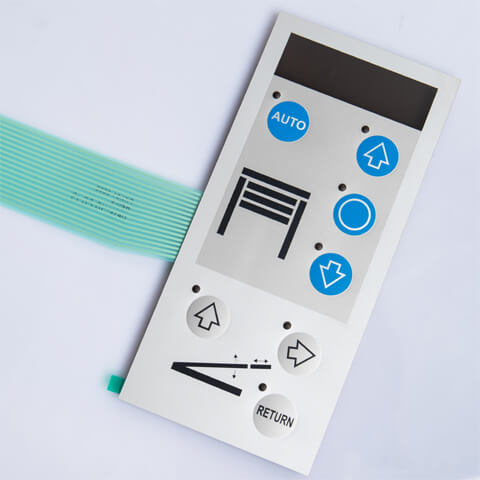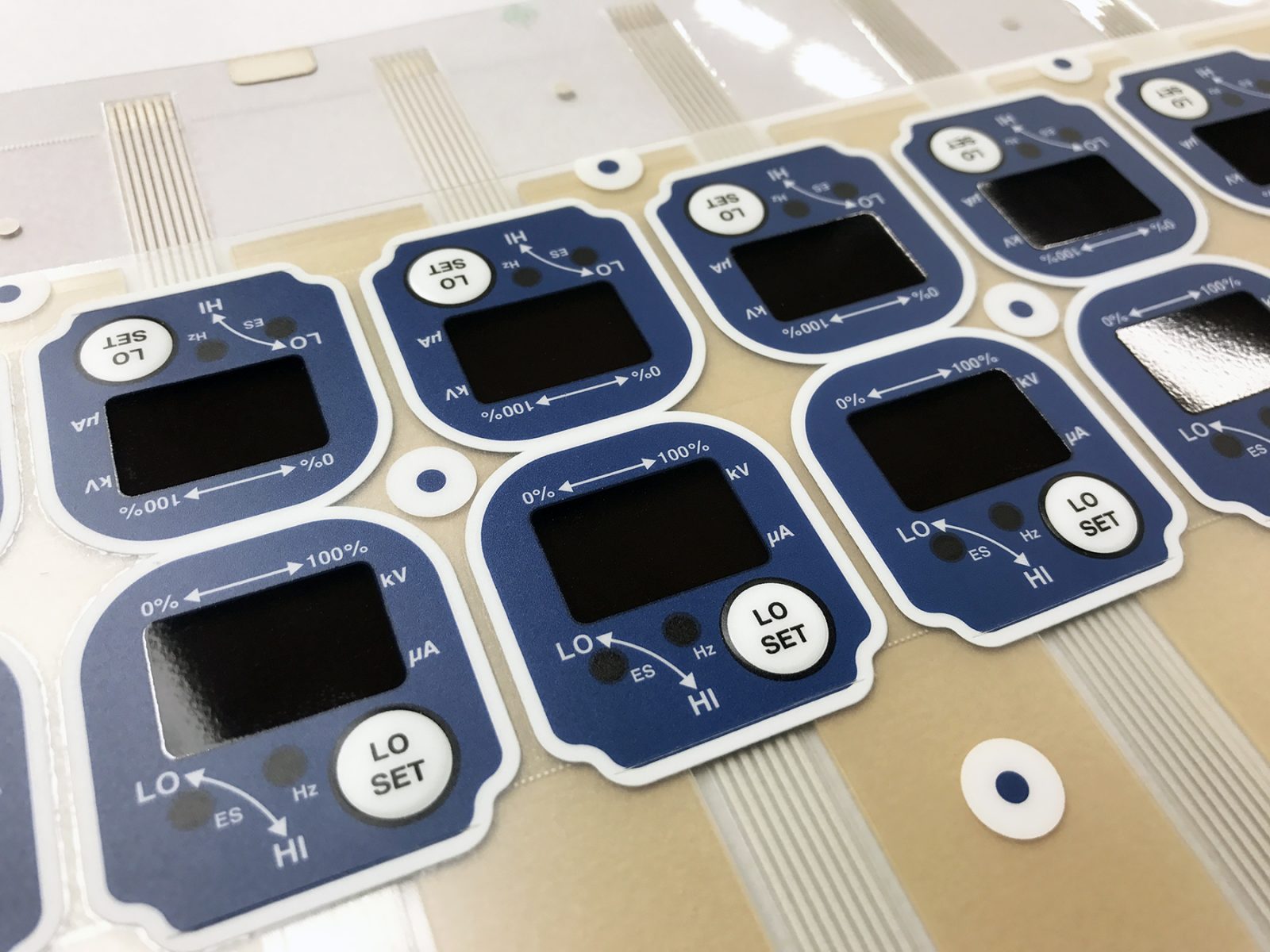Leading Advantages of Integrating a Membrane Switch Into Your Electronic Devices
Leading Advantages of Integrating a Membrane Switch Into Your Electronic Devices
Blog Article
Just How Membrane Switches Over Contribute to the Toughness of Electronic Control Panels
Membrane layer buttons play a vital duty in enhancing the longevity of digital control panels, mostly with their multi-layered building and construction which provides efficient security versus ecological factors such as wetness and dirt. The lack of relocating components considerably reduces the probability of mechanical failings, making membrane changes ideal for demanding applications.
Definition of Membrane Layer Buttons

Membrane layer switches are developed to be thin and light-weight, making them ideal for applications where room is limited. They can be made in various forms, dimensions, and colors, providing versatility in layout that satisfies aesthetic and useful demands. Additionally, membrane switches can include various modern technologies, such as tactile responses and LED indications, improving user experience.
Due to their construction, membrane buttons are typically immune to dust, moisture, and general wear, adding to their durability popular atmospheres. Their smooth layout not only promotes simple cleansing but also minimizes the danger of mechanical failing, making them a recommended selection for makers seeking reliable individual interfaces in their electronic control panels.
Security Against Ecological Elements
The layout of membrane switches inherently offers a degree of protection against various ecological factors, which is important for maintaining capability in difficult conditions - Membrane Switch. These buttons are normally built with layers of flexible materials that protect interior components from dampness, dirt, and contaminants. By enveloping the wiring, membrane switches reduce the danger of brief circuits and corrosion, which can significantly impair efficiency
Moreover, the usage of durable adhesives and sealants throughout manufacturing improves their resistance to ecological difficulties. Membrane layer buttons can sustain direct exposure to chemicals and solvents, making them appropriate for sectors such as food handling and health care, where hygiene and cleanliness are extremely important. Their smooth surface design additionally avoids the buildup of dust and bacteria, helping with less complicated cleansing and upkeep.
Temperature fluctuations are one more ecological worry, and membrane buttons are engineered to function efficiently throughout a vast array of temperatures (Membrane Switch). This versatility ensures that control panels continue to be operational in numerous setups, from industrial environments to consumer electronic devices
Effect On Customer Interaction
User interaction with digital control board is substantially affected by the layout and capability of membrane buttons. These switches supply a tactile user interface that enhances the general individual experience, permitting instinctive navigating and control. Their responsive nature makes certain that users get prompt comments upon activation, which is critical for jobs needing precision and performance.
In addition, the smooth surface area of membrane switches assists in very easy cleansing and maintenance, promoting customer confidence in the integrity of the user interface. This cleanliness is especially crucial in settings where hygiene is paramount, such as medical or food handling settings. Additionally, the small and light-weight style of membrane switches adds to the visual charm of control panels, motivating customer interaction with a modern and smooth look.
In addition, the assimilation of aesthetic components, such as printed symbols and backlighting, helps users quickly recognize functions, lowering the learning curve linked with new equipment. As a result, customers can run gadgets much more efficiently, leading to enhanced efficiency and contentment. In summary, membrane layer buttons play a critical function in enhancing customer interaction by integrating performance, visual appeals, and simplicity of use, inevitably resulting in improved operational performance.
Design Flexibility and Customization
Design versatility and customization are important facets of membrane layer buttons, allowing manufacturers to tailor electronic control board to certain applications and customer needs. This adaptability allows for the combination of different design read review components, such as shades, graphics, and textures, which can boost the aesthetic appeal and individual engagement of the control panel.
Membrane layer switches can be personalized in size and shape, fitting a variety of devices and applications, from commercial machinery to customer electronics. This convenience makes sure that makers can create instinctive user interfaces that straighten with user assumptions and functional needs. Additionally, the ability to include special features such as backlighting or my review here tactile feedback better boosts use, enabling an extra interactive experience.
In addition, the manufacturing process for membrane layer switches sustains the fast prototyping of styles, making it possible for suppliers to repeat and improve their principles promptly. This capability not only speeds up the development timeline however also makes sure that the final item meets specific practical and aesthetic read what he said criteria.

Cost-Effectiveness and Long Life
Cost-effectiveness and long life are substantial advantages of membrane switches, making them an attractive alternative for makers and end-users alike. These buttons are usually cheaper to generate than conventional mechanical buttons, mainly due to their streamlined manufacturing procedures and the decreased number of components called for. This cost advantage expands not just to preliminary production however also to long-term functional expenditures, as membrane switches usually need much less maintenance and have a lower failing price.
Moreover, the long life of membrane layer switches adds to their total value. Built from resilient materials, they are resistant to environmental aspects such as moisture, dust, and chemicals, which can cause premature wear in various other button kinds. The lack of moving parts lessens mechanical failure, permitting membrane switches over to keep capability over prolonged durations.
This resilience is specifically helpful in applications requiring regular efficiency under demanding conditions, such as medical gadgets and industrial devices. Ultimately, the combination of cost-effectiveness and long life makes membrane switches an economically practical option for manufacturers, giving reliable remedies that hold up against the test of time while optimizing financial considerations.
Conclusion
In verdict, membrane layer buttons substantially improve the resilience of digital control panels through their durable construction and protective features - Membrane Switch. In general, membrane layer switches over represent a trusted and economical selection for improving the durability and capability of electronic control systems.
Report this page